I’ve been in Zambia just over a week and am feeling right at home. And I’m finally getting a moment to write! The weather is just like Northern California, sunny and dry and not too hot. The dirt is no longer the reddish orange of East Africa but the more common brown I’m used to and it doesn’t seem to get into everything the way the dirt in Tanzania did. I’ve been able to start exercising like I do at home, which feels great.
I’m living in a two story, two-bedroom apartment in a nice and fairly central area of Lusaka. I even got a haircut yesterday! I do miss my friends at Sega and wonder what is going on there but I’ve been so busy getting settled and working long hours here that I haven’t had time to check in.
Across the street is the elegant Taj Pamodzi hotel, part of the Indian owned Taj hotel group.
It has a health club and a pretty pool that I was able to join for a month so I can hang out there whenever I have the time.
In fact, I’m just back from spending the afternoon at the pool preparing for tomorrow. It even has two squash courts so I played squash this afternoon for the first time in over ten years. I’m living the life, at least on weekends!
The contrast with Tanzania is stark with the infrastructure here in much better shape including roads, electricity, water, and three (!) nice shopping malls, two of them with escalators. I could tell the difference the minute I got off the plane. I’ve been told this all changes when one leaves Lusaka and goes out into the compounds or townships (very South African terms for the poorer areas the Africans reside) but I haven’t been there yet.
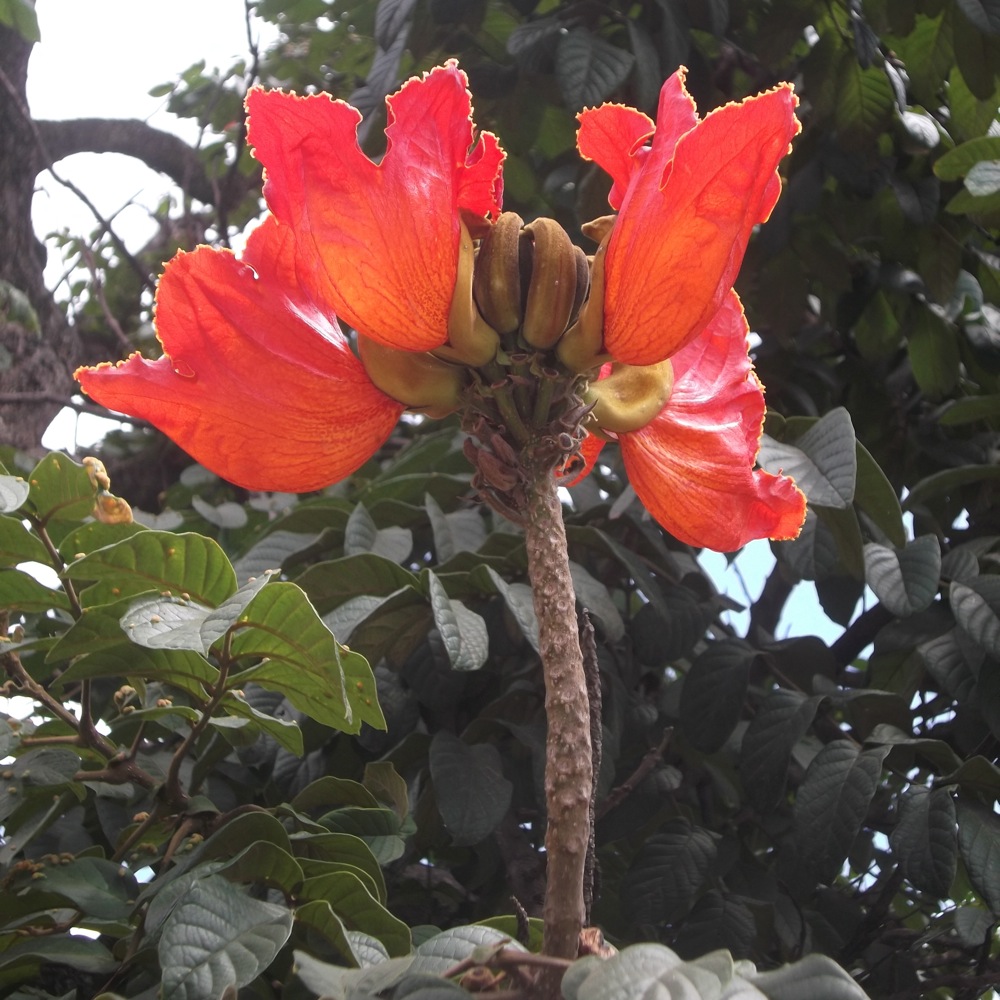
Apparently Zambia is fast becoming one of the most unequal countries in Africa with a boom in the last few years, due to robust prices for Zambia’s main export, copper. The gains from the natural resource have created a growing group of middle class or wealthy Zambians but not as much for the poor. According to the World Bank’s classifications, Zambia recently became a “lower middle income” country, instead of “low income,” achieved by passing $1,025/person in GNI (Gross National Income). Zambia’s GNI per person in 2011 was $1,160 to Tanzania’s $540. On the other hand, the life expectancy here in Zambia was only 49 in 2011 compared to 58 in Tanzania, probably partly due to the high HIV rate here in Zambia.
What’s happily similar is the that the people are very friendly and welcoming. Also, there is the same plethora of NGO’s, a sign for one on every corner. And while there are lots of good restaurants here, unlike in Tanzania, the staple for the Zambians is still corn mush, but here it’s called nshima instead of ugali.
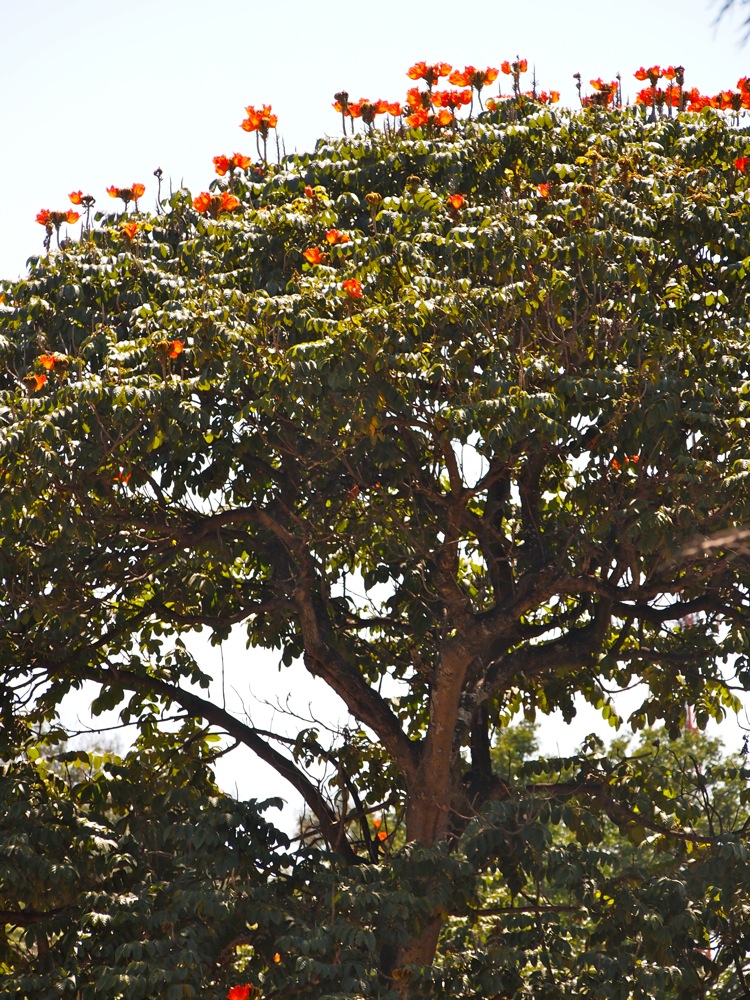
Also familiar are the beautiful trees, although there is a new one I hadn’t seen in TZ called the African Tulip Tree, lining the streets. They are absolutely smashing with amazing orange flowers sticking straight up on top of them. Apparently, July here is gorgeous because the Jacarandas are in bloom but, unfortunately, I will miss them.
It’s been an exhausting week work wise, as I had to hit the ground running in order to give 38 young Zambian women a crash course in win-win negotiations. I’ve done three of four days and will finish the general overview tomorrow. Then, they will be introduced to the actual negotiations curriculum that they will teach to the 8th grade girls starting in late May. Luckily we are getting reinforcements as one of the project organizers is flying in from New York to introduce the curriculum to the coaches this week. The Zambian coaches have a total of six weeks of training and I will be here for four of them, coaching them as they learn to teach the curriculum.
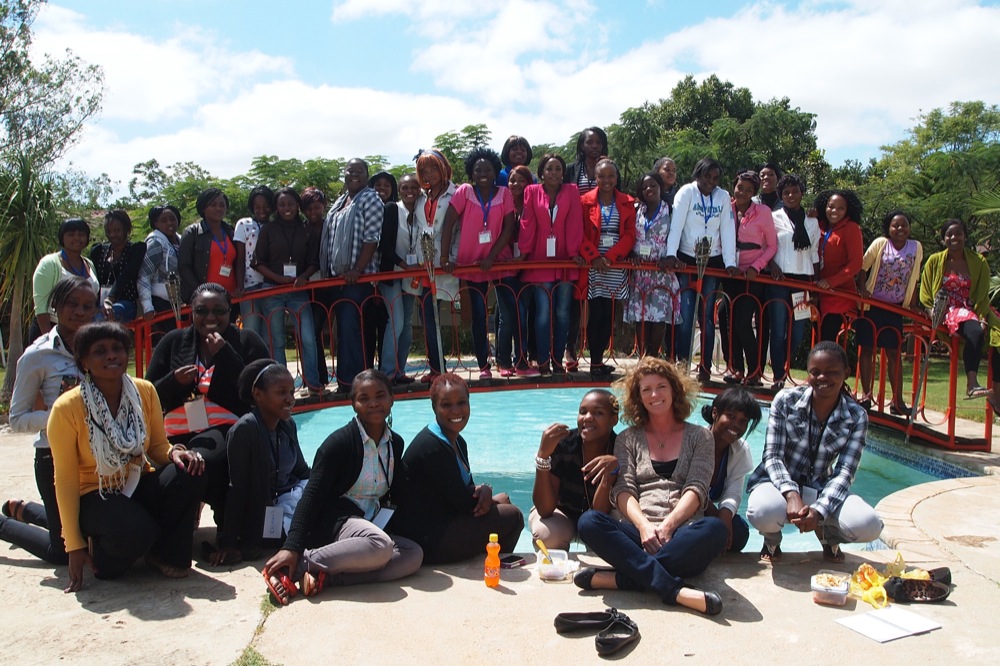
It’s very fun to meet these young women and see how they react to the material and hear about their aspirations. Most are recent college graduates, although some are still at university. I enjoy them immensely and hope to get to know a few better in the next three weeks before I leave for my three weeks of travel around southern Africa and then return to North America.
The office I’m working from is run by IPA, Innovations in Poverty Action. Started 10 years ago by American academics dedicated to bridging the gap between academia and development policy in practice, its focus is on running randomized control trials, the gold standard of research studies, in order to evaluate a variety of efforts designed to alleviate poverty.
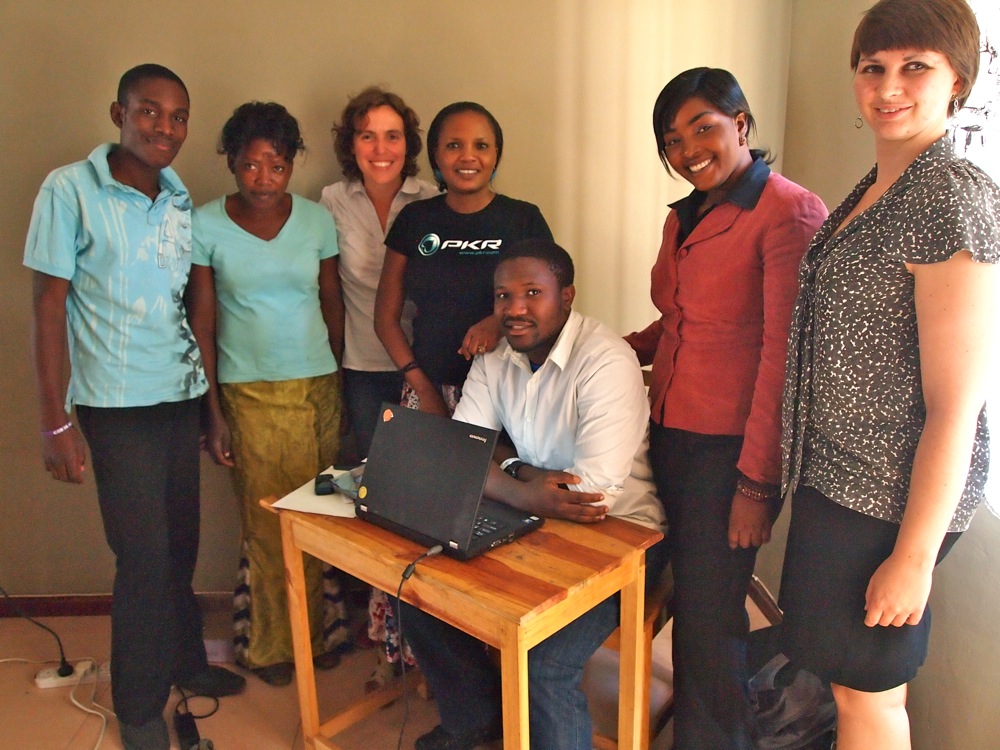
They, and their partner J-Pal, have about 350 projects running in approximately 50 countries around the world. Here in Zambia they have three offices including this office in Lusaka, which runs 3 to 6 projects at any given time. The girls negotiation project I’m working on is just one of them.


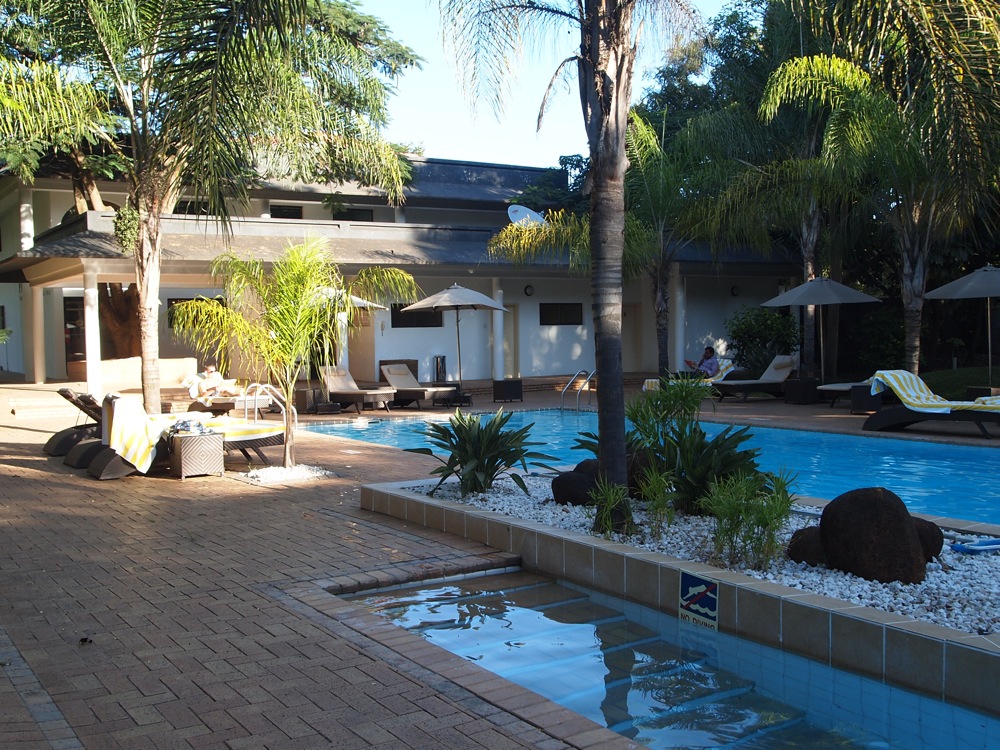
What a marvelous way to cap off your trip!
Thank you April. I really appreciate your taking the time to write and post pictures. I find it all to be endlessly interesting.
Very cool April. I love seeing your students. They look very HAPPY!
How interesting April. Negotiation. I remember meaile pap from my time in South Africa.You have most likely seen quite a lot of game during your time in East Africa, but I hope that you will have time to make it to Victoria Falls, or do some white water rafting on the Zambezi.
I’m so glad you are comfortable there and enjoying the work. It sounds a world different from when I was in Zambia way back in 1987. At that time virtually their only trading partner was North Korea, and shops the size of a 7-11 would literally have a whole aisle stocked with the same product – soap, cooking oil, etc – only one brand of each. The only way they could look full with just a handful of products to sell.
So glad things seem so much more prosperous now.
I’m looking forward to seeing you in a few weeks!